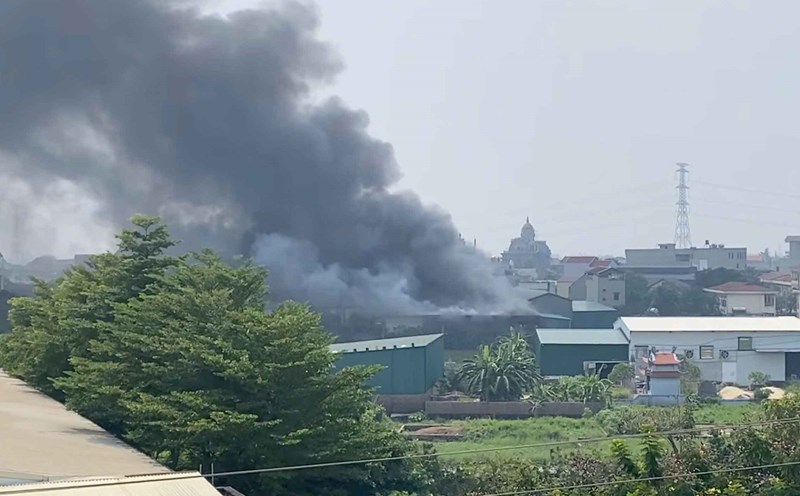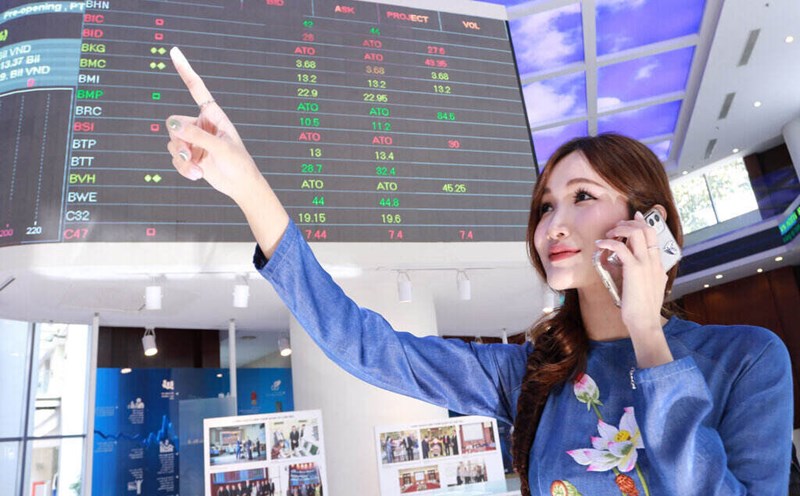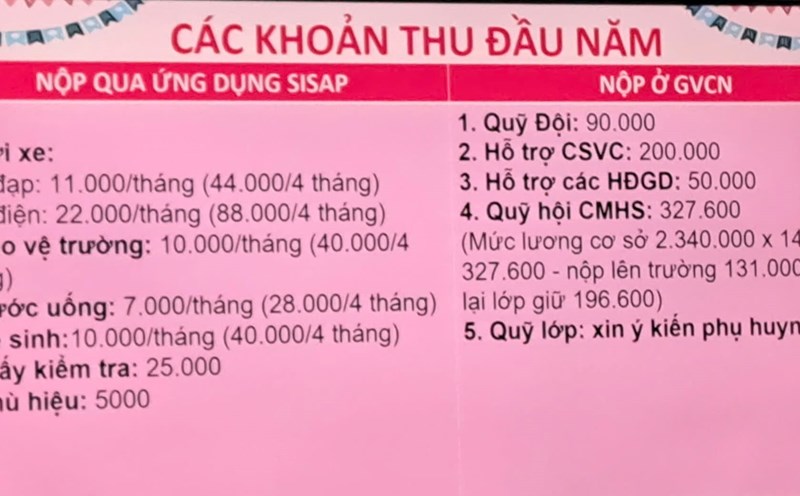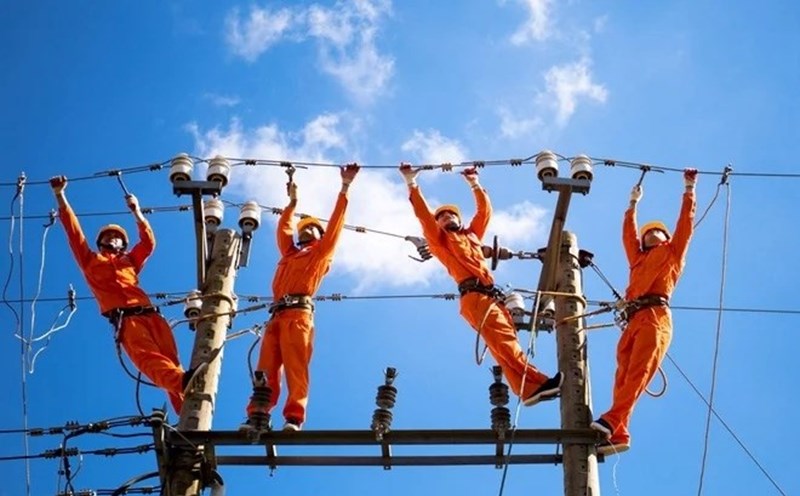The Department of Agriculture and Environment of Gia Lai province is implementing the goal of restructuring the agricultural sector in accordance with the planning, associated with developing the product value chain, creating livelihoods, improving income and quality of life for farmers.
In particular, the province's policy is to prioritize the conversion of rubber areas in red basalt land to grow crops with high economic value such as passion fruit, banana, durian, pineapple, etc.
Mr. Pham Anh Tuan - Chairman of Gia Lai Provincial People's Committee - requested the competent authorities to comprehensively evaluate the province's poor forest conversion program to rubber plantation; at the same time, propose a direction for handling dead and underdeveloped rubber areas, associated with forest restoration, replacement forest plantation or conversion to livestock, crop and renewable energy projects.
The competent authority is required to specifically evaluate each project: Land area, type of crop, productivity, efficiency, as well as areas where rubber cannot be grown. The Provincial People's Committee emphasized the need to clarify the reason why the trees were previously determined to be eligible for rubber cultivation, but now the trees are dead, underdeveloped, and not productive. Departments and branches must propose a plan to return land to localities to solve the need for production land for people lacking land.
In 2008, Gia Lai province converted more than 50,000 hectares of poor forests to grow rubber - a type of plant considered "white gold" at that time, with dozens of participating businesses.
However, after the forest was leveled, the rubber trees planted did not grow. Statistics show that only 7,884 hectares (30.9% of the planted area) are developing normally. The remaining area is increasingly dead and underdeveloped: In 2018, it was 12,039 hectares; in 2022, it was 16,364 hectares; in 2025, it will increase to 17,651 hectares.
Faced with this situation, many businesses have proposed options such as converting crop structure or implementing other projects. In the 2026 - 2030 period, some enterprises proposed a policy to implement large-area conversion such as: Army Corps 15 converted 3,632 hectares, including 540 hectares of fruit trees and 195 hectares of medicinal plants.
Chu Se Rubber One Member Co., Ltd. converted 2,442 hectares, including 1,071 hectares of fruit trees, 1,171 hectares of annual trees and about 200 hectares for wind power and solar power projects. Chu Prong Rubber One Member Co., Ltd. converted 311 hectares to grow fruit trees in Chu Prong and Ia O communes.
Quang Duc Export Trading Company Limited converted 3,931 hectares, including 1,233 hectares of fruit trees, 453 hectares of medicinal plants, 1,309 hectares of annual trees and 936 hectares for renewable energy and livestock.
The Department of Agriculture and Environment is also studying a plan to provide a part of productive land to people in border communes, where life is still difficult, and agricultural production is small-scale and fragile.











